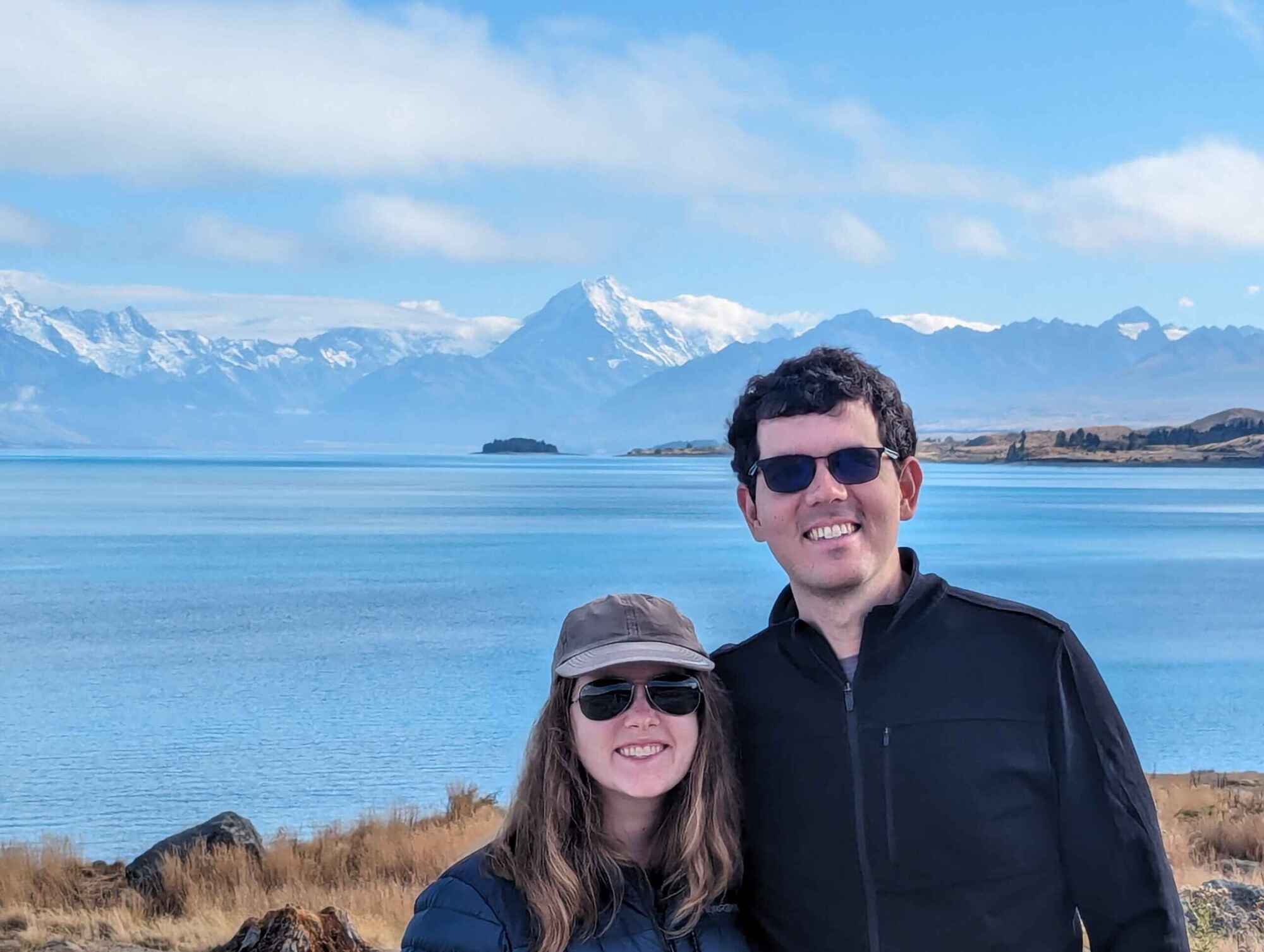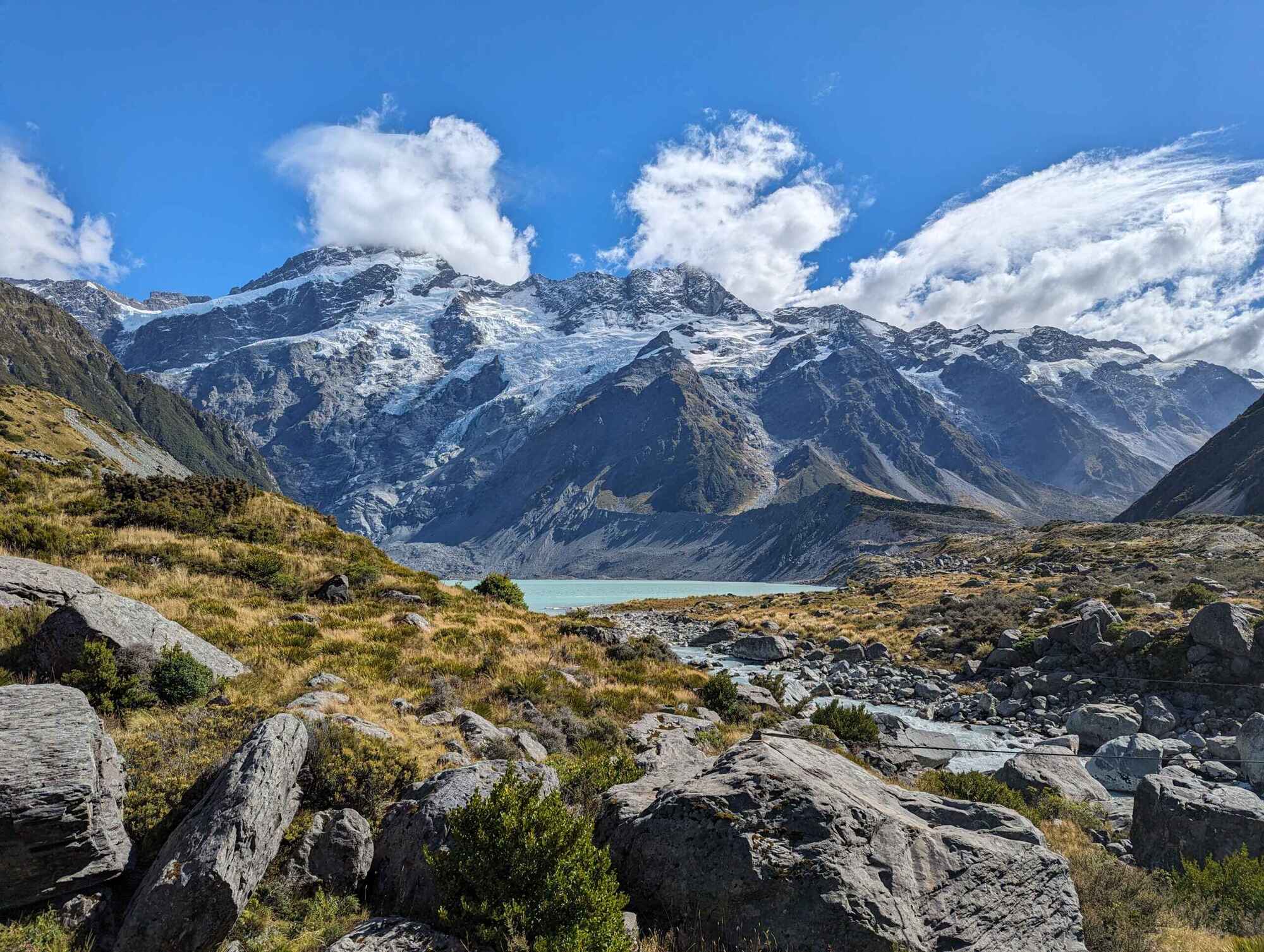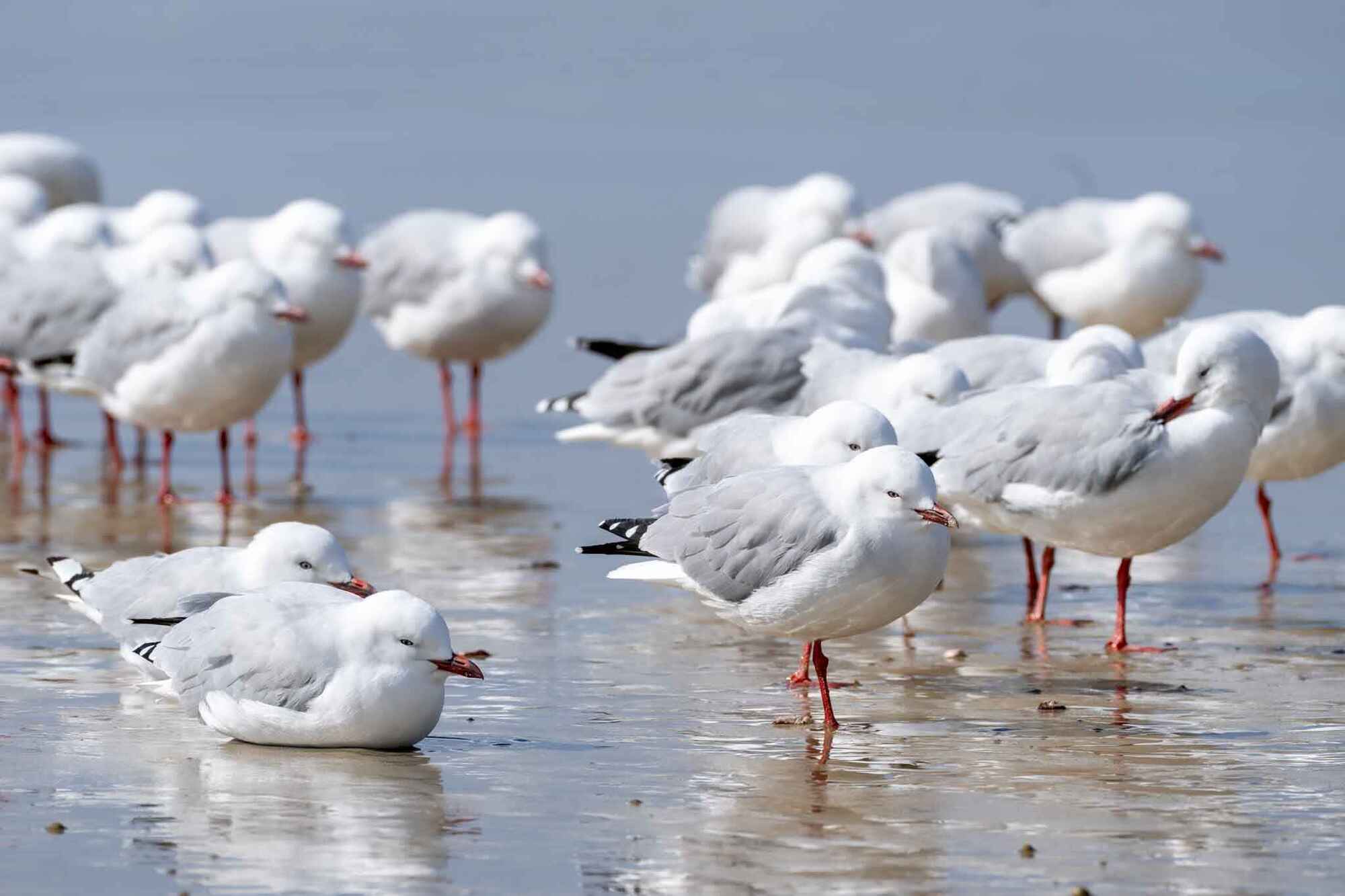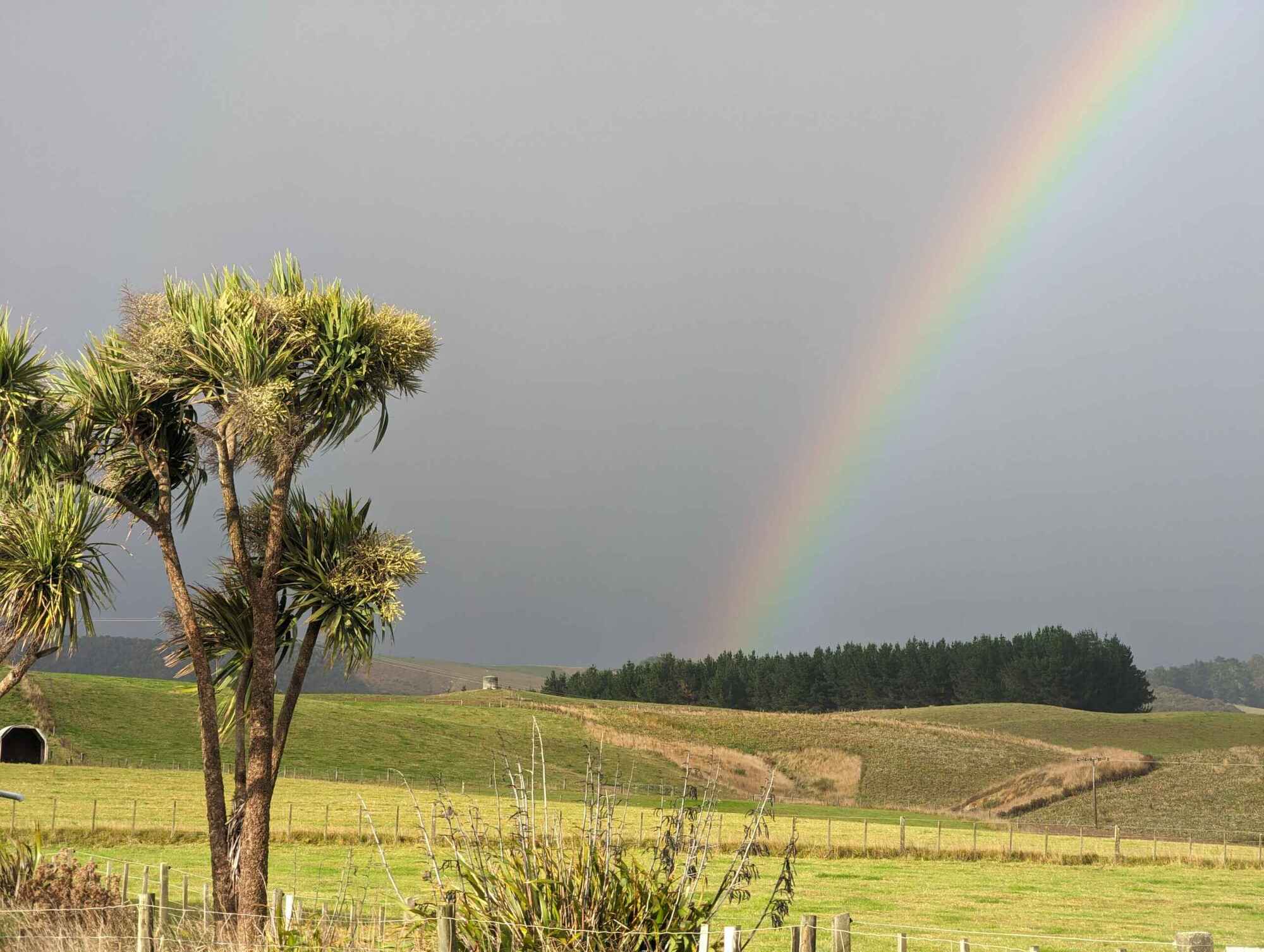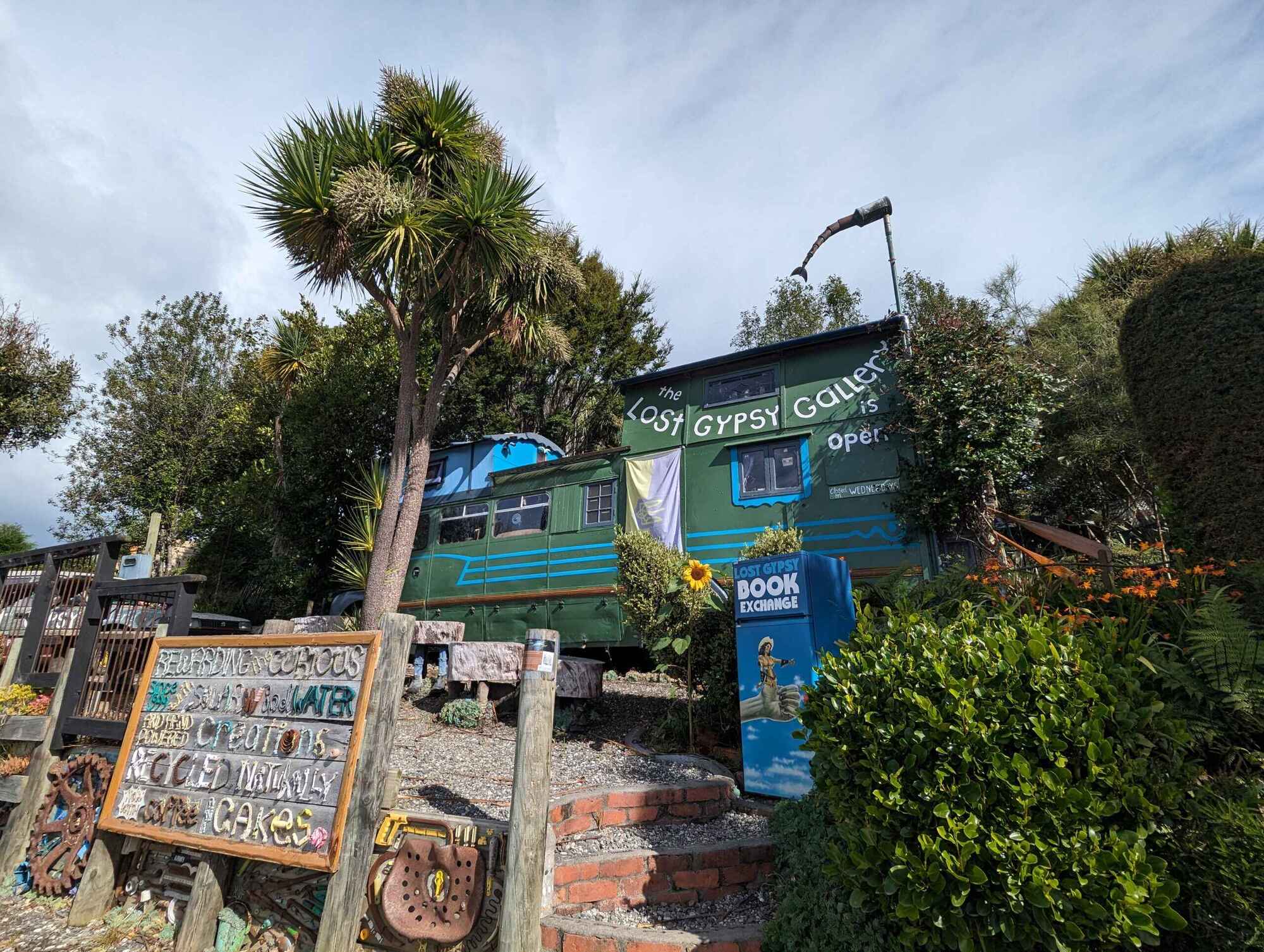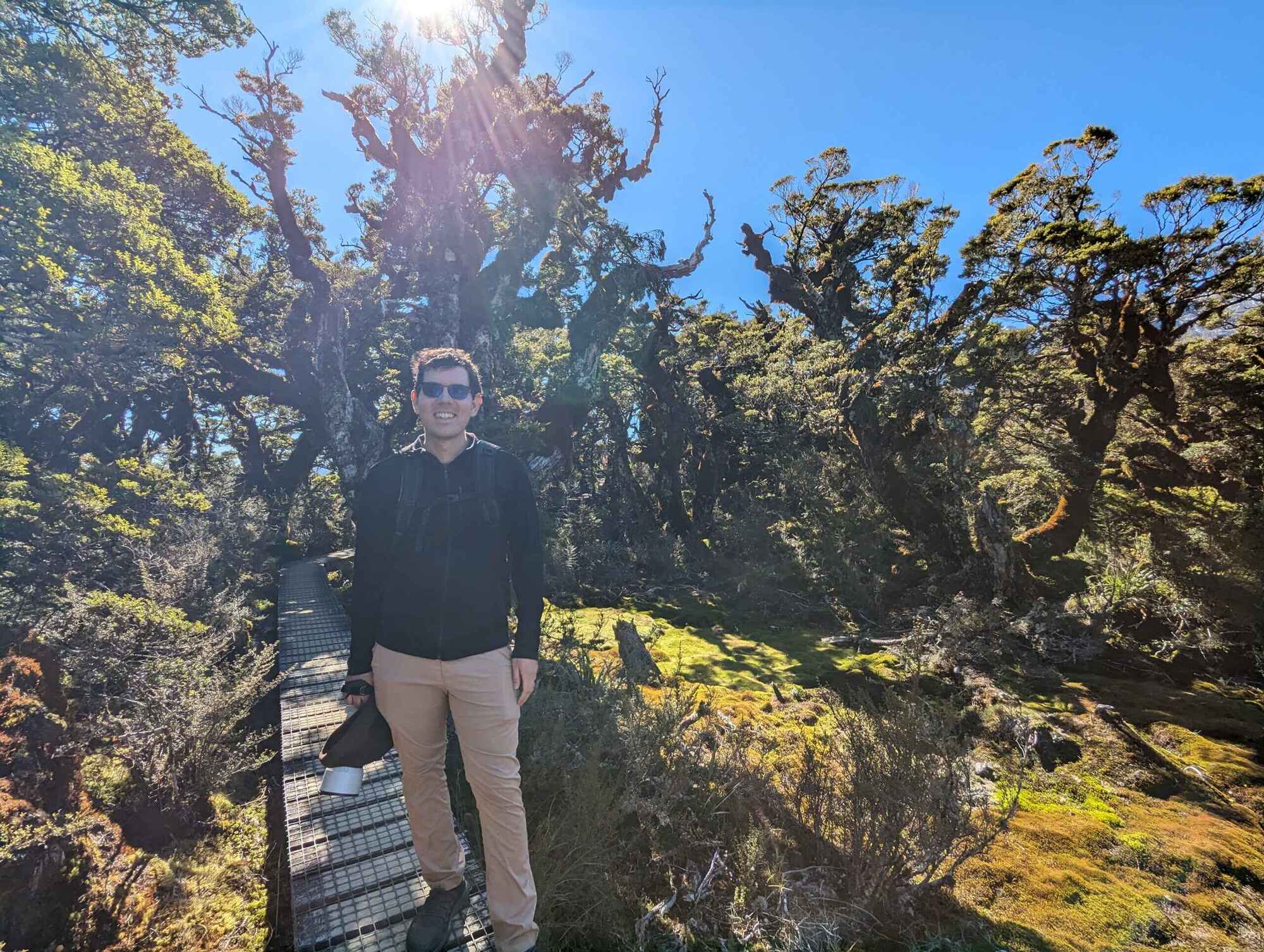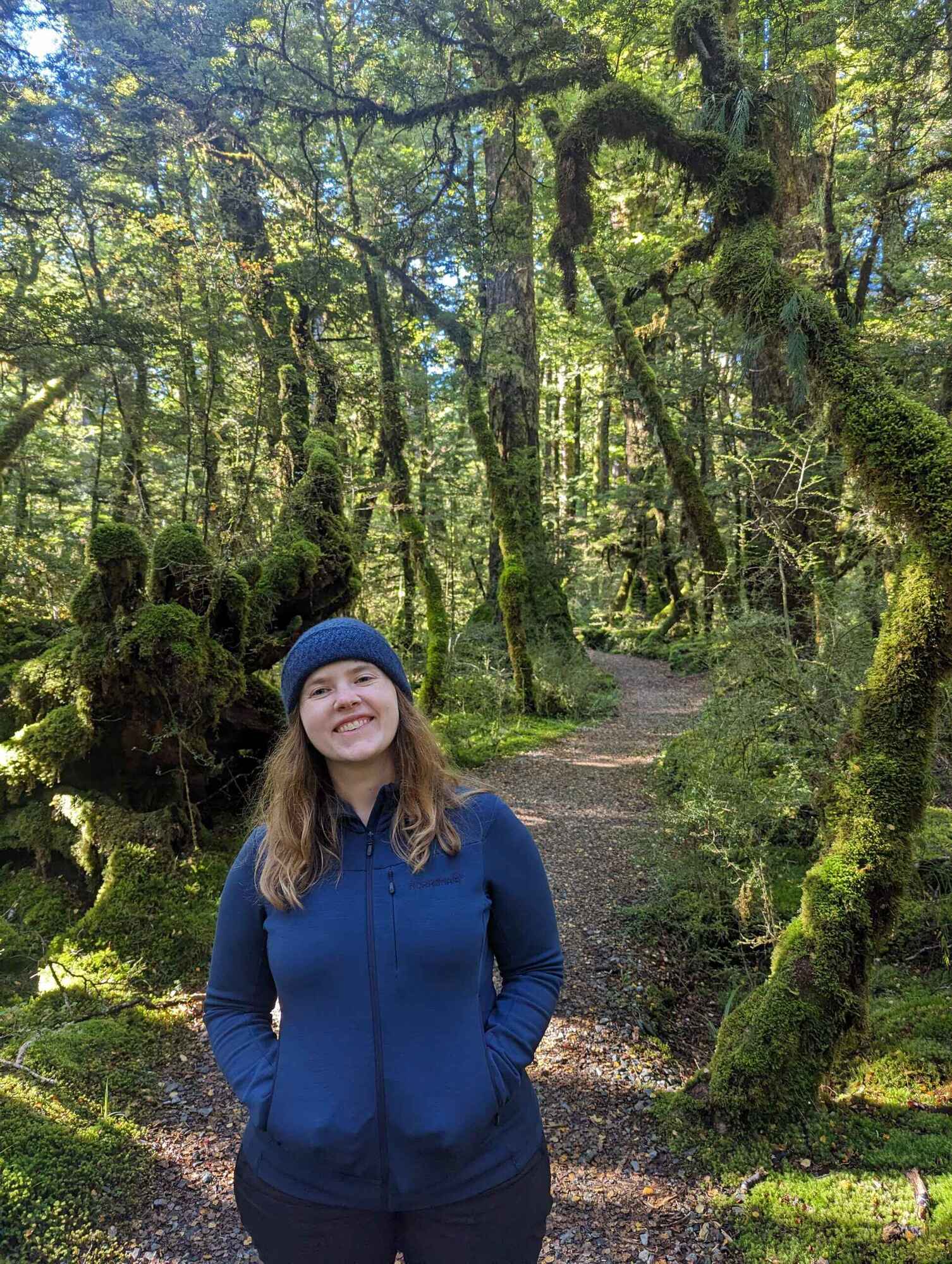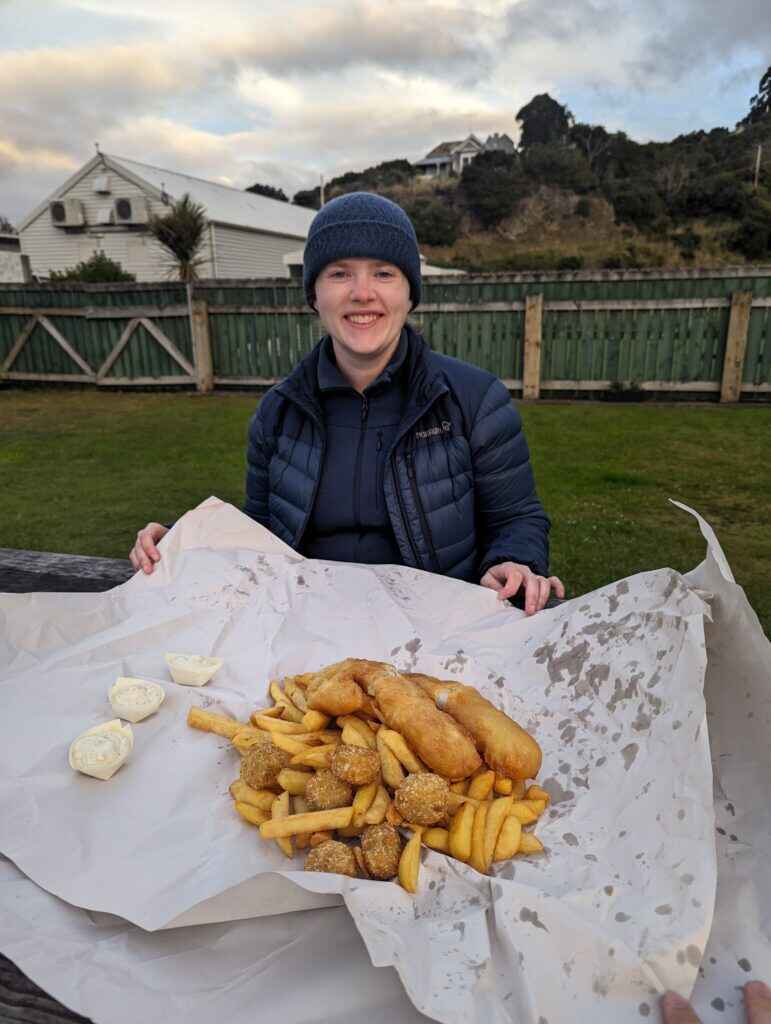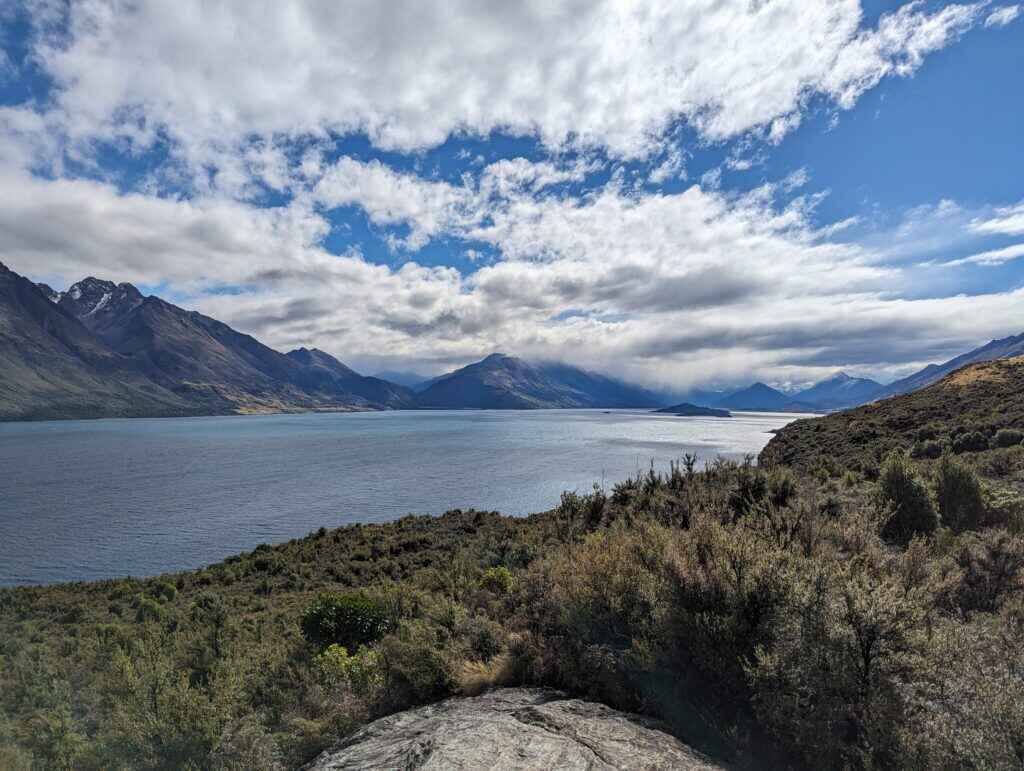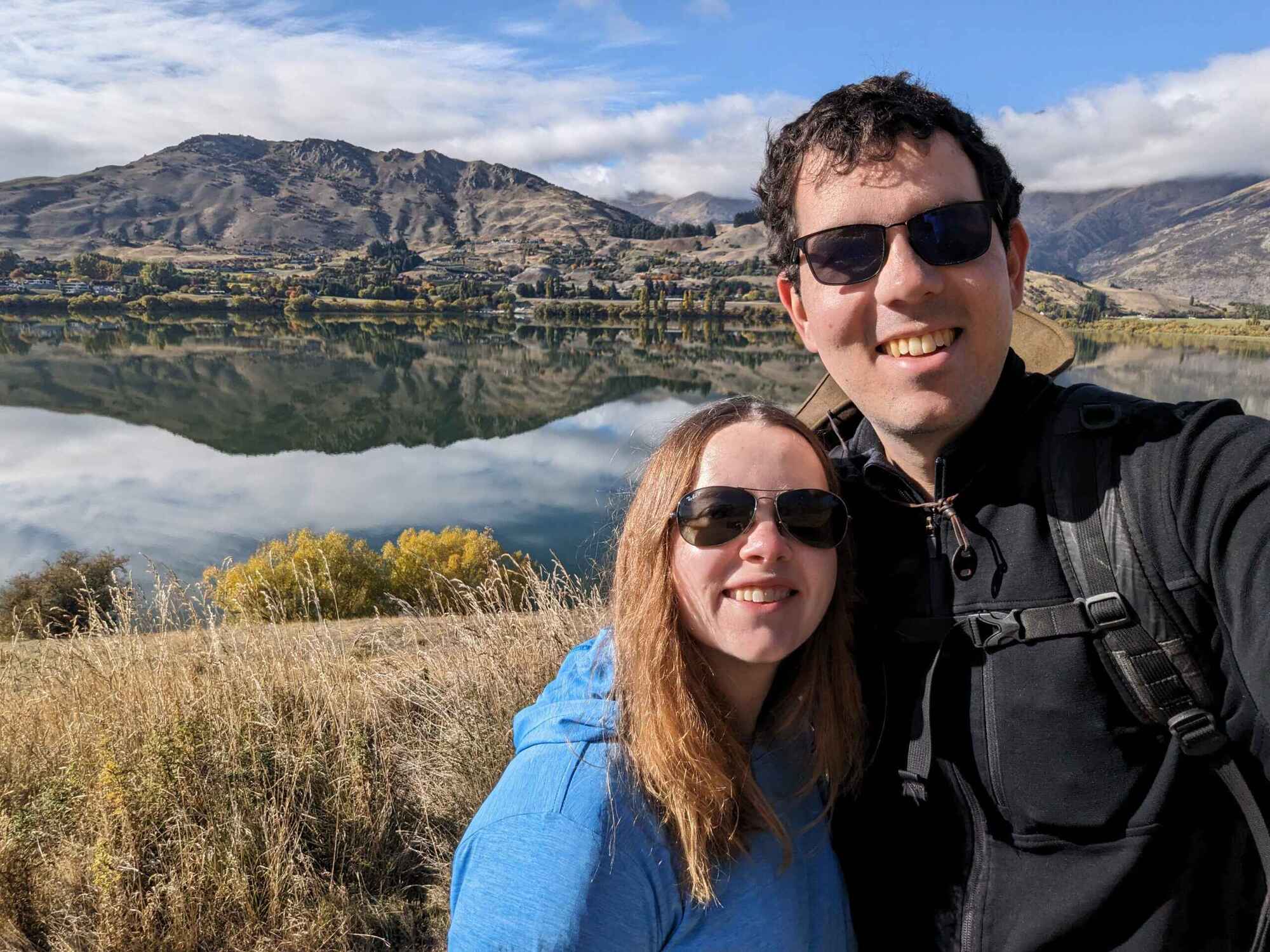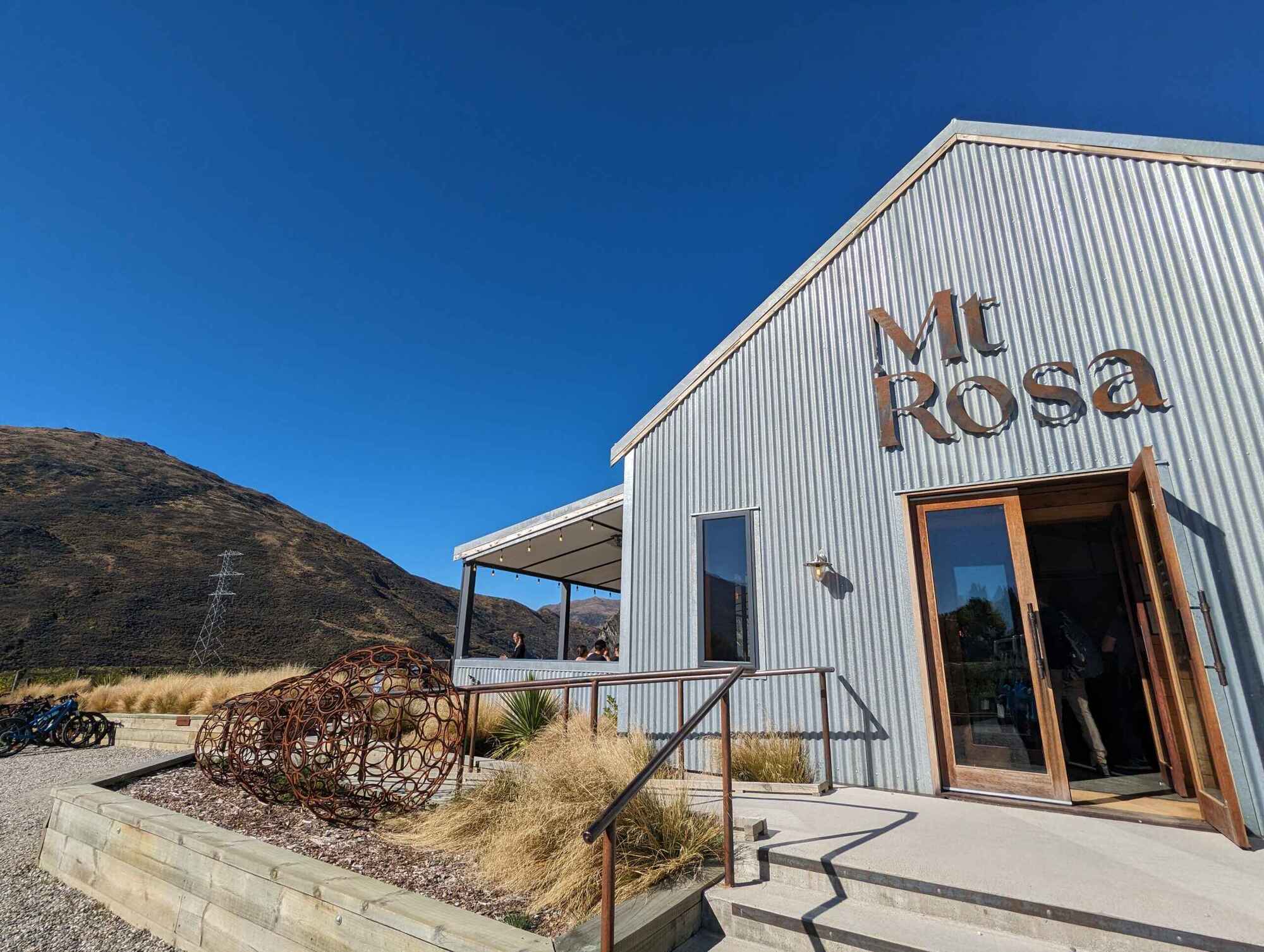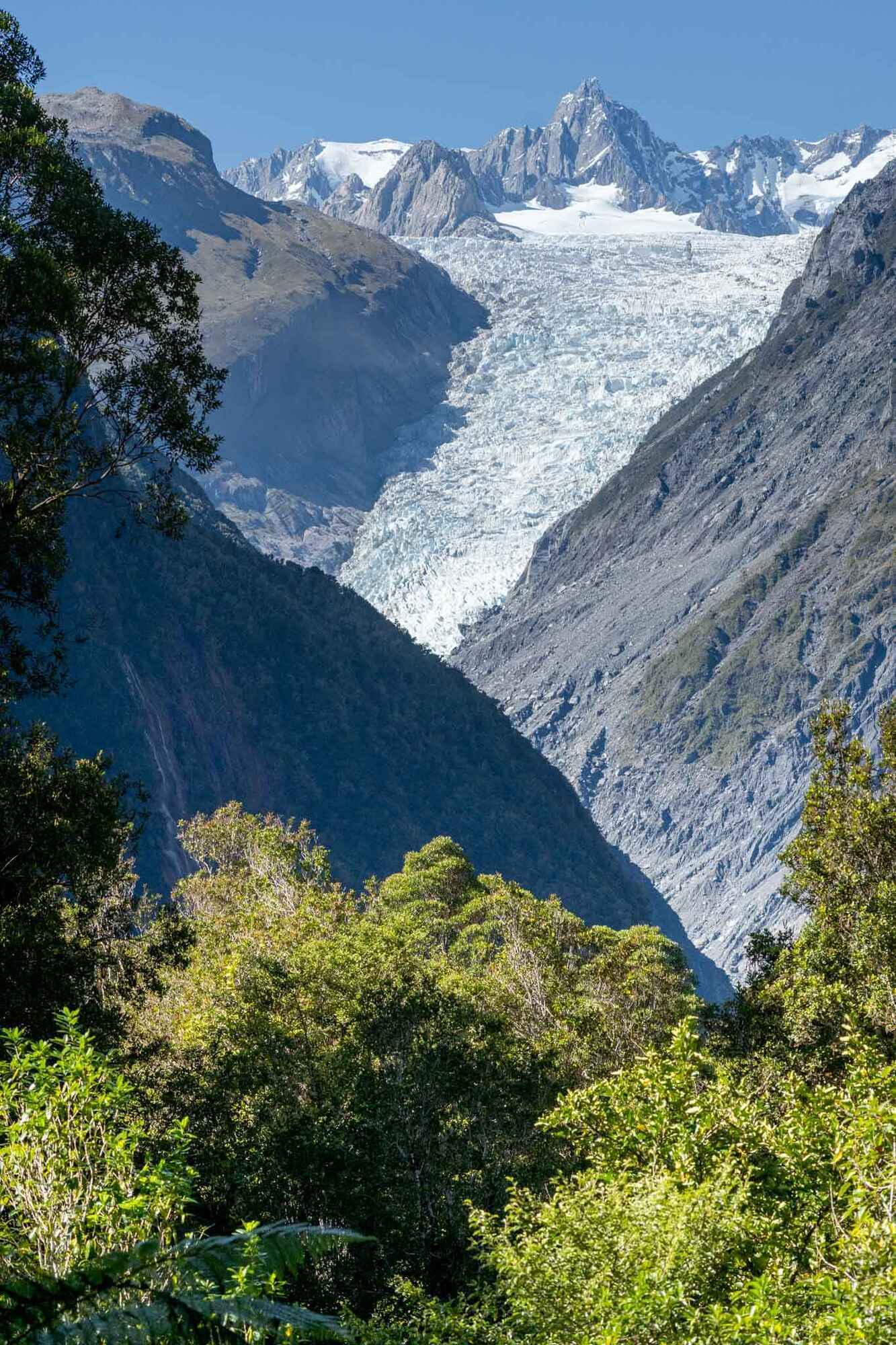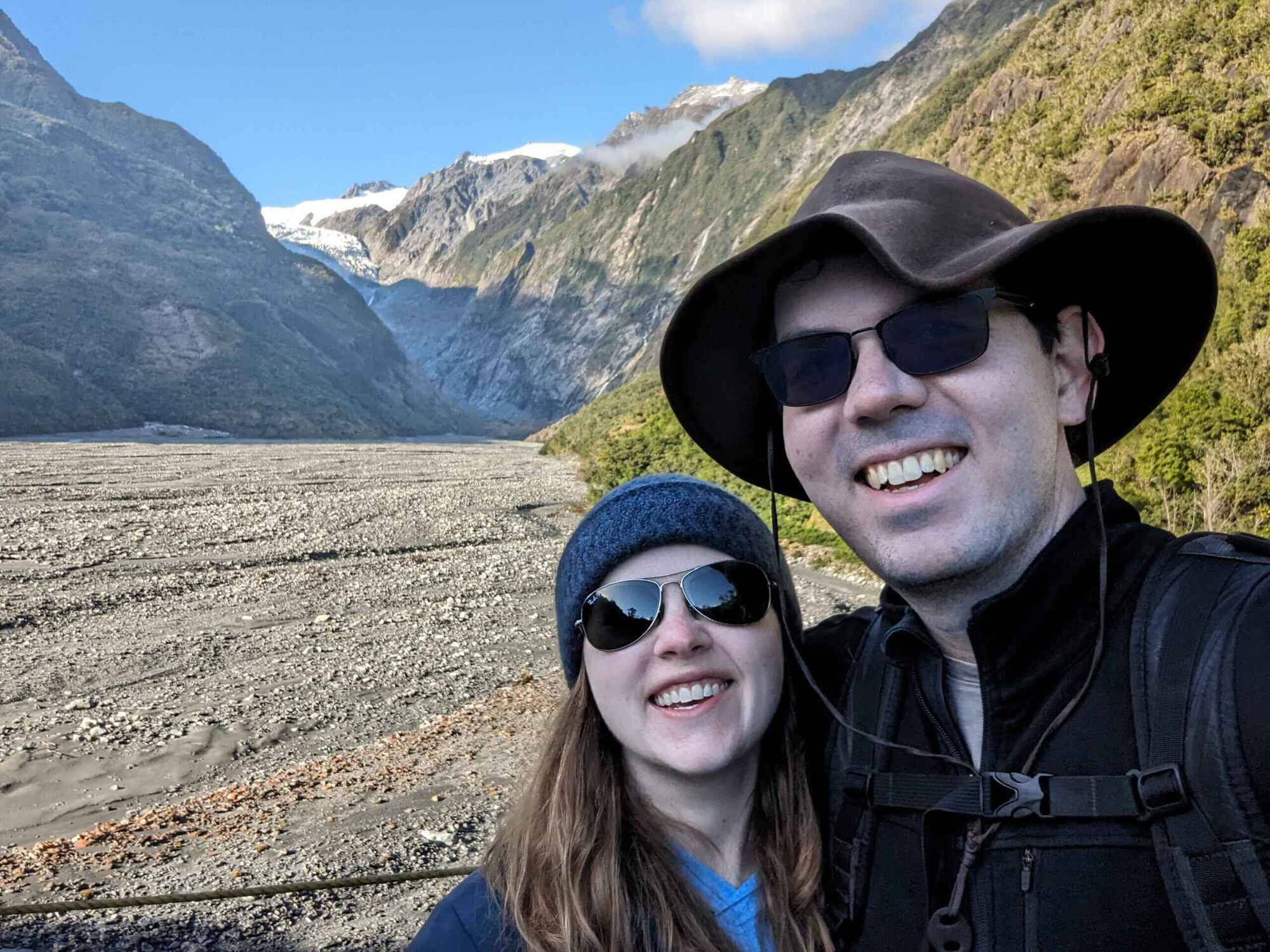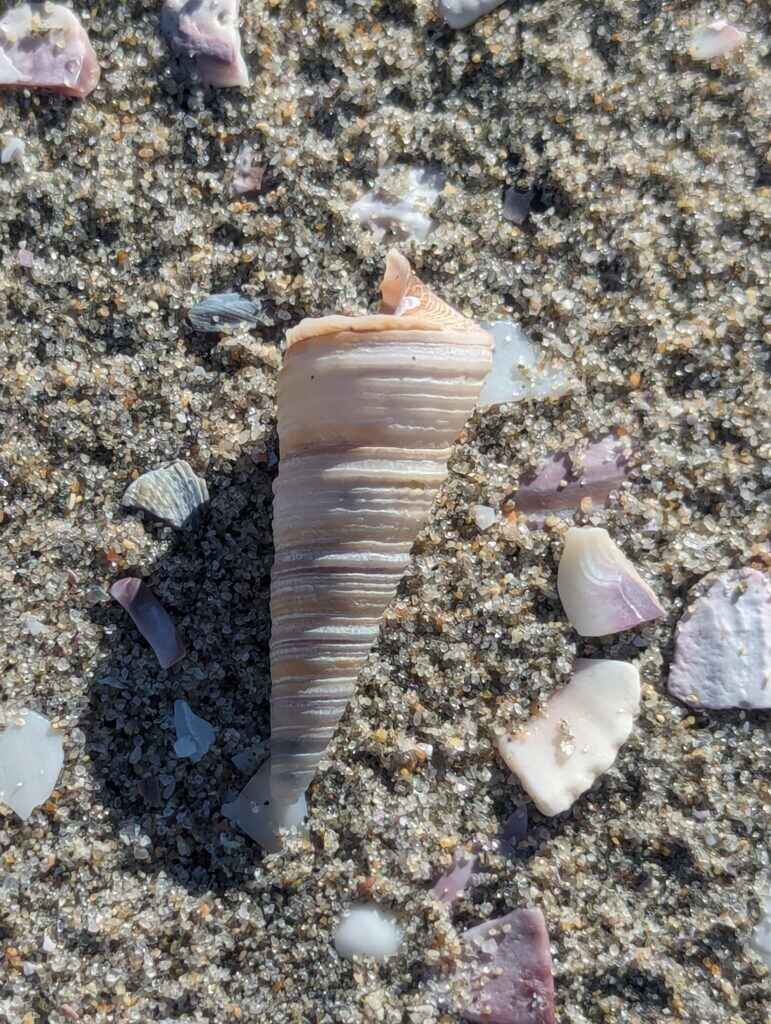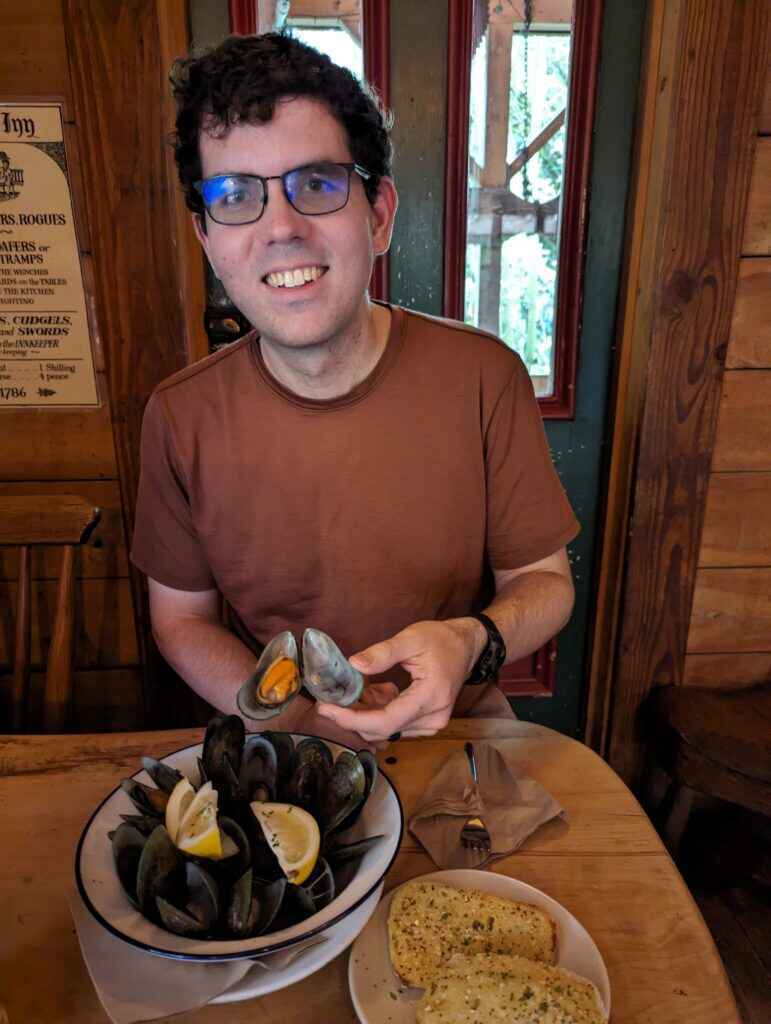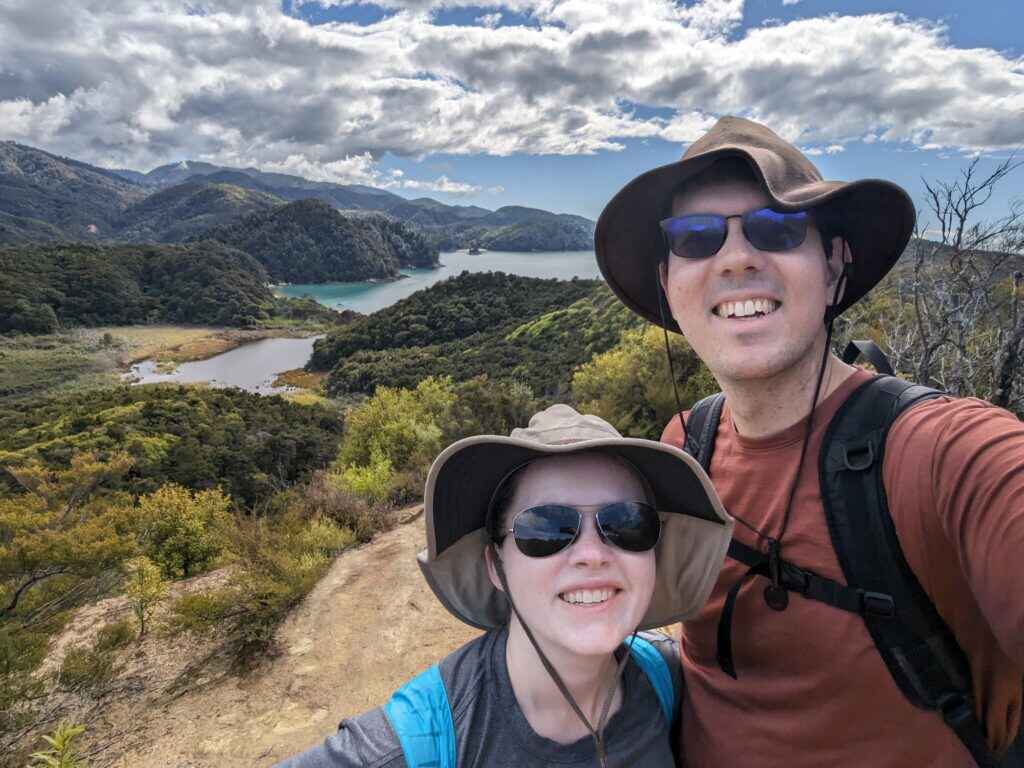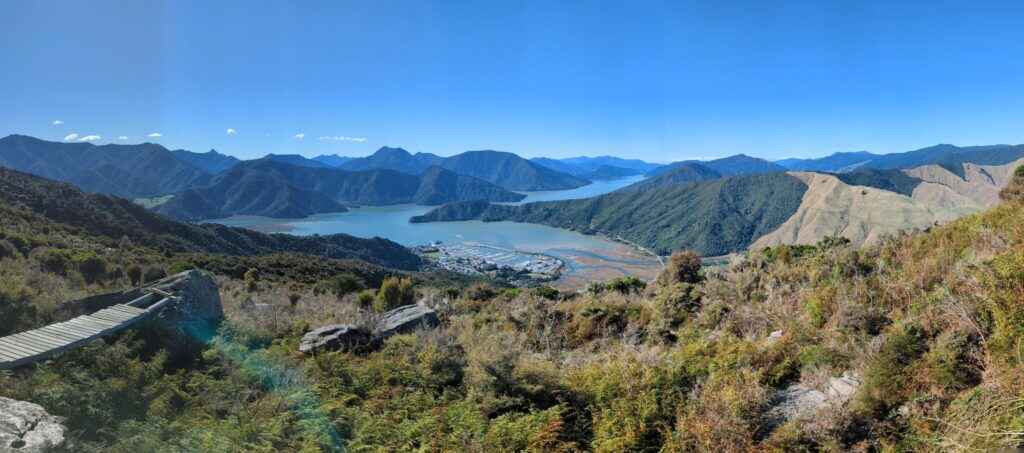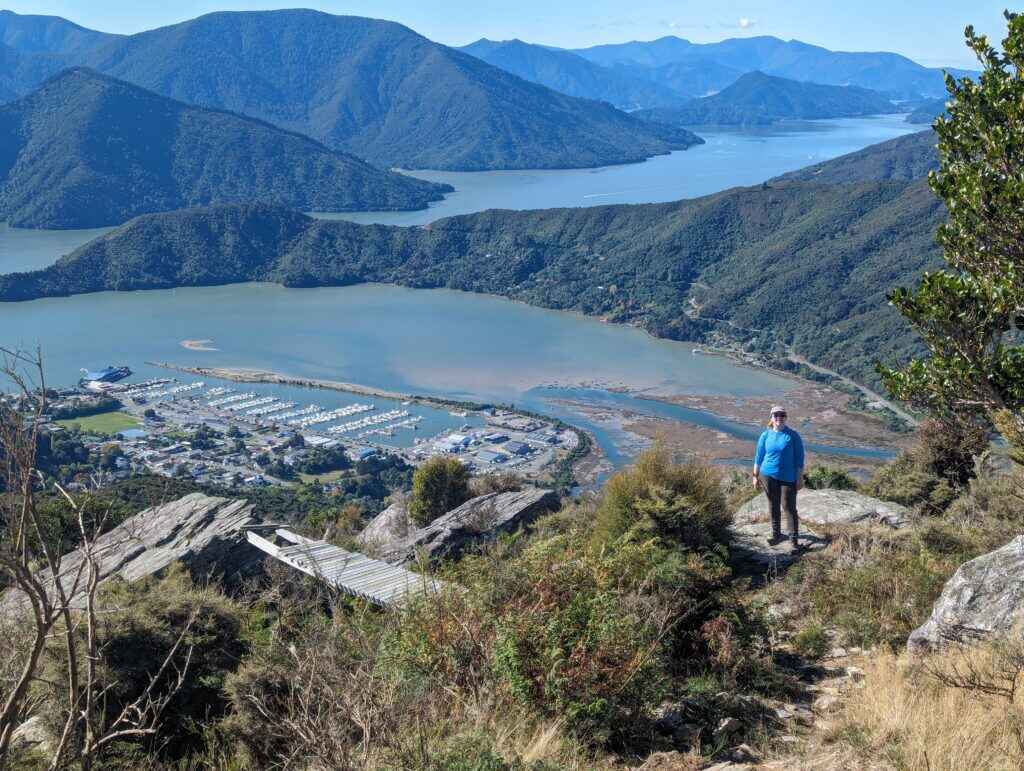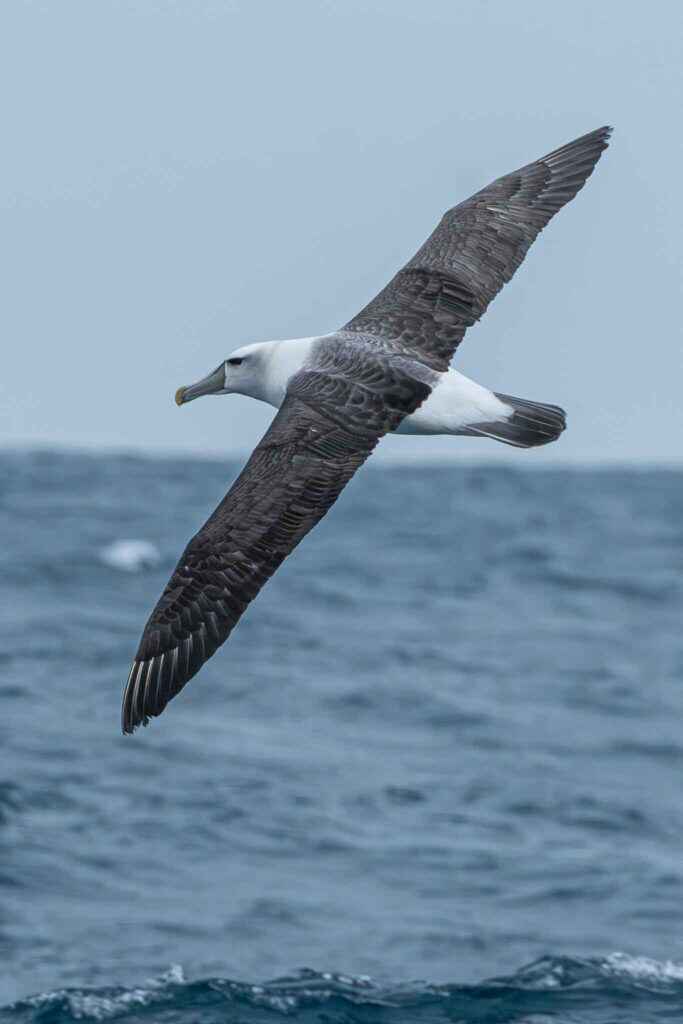New Zealand is somewhere I have always heard “it is amazing – you’ll love it!”, but didn’t actually know much about. We’ve met a lot of Kiwis in our travels and they provided some wonderful insights into their country, but we still came in unsure what to expect.
This beautiful place is Colorado’s mountains meets Ireland’s greenery meets the setting of almost every fantasy novel I’ve ever read. It is truly stunning (and full of sheep).

When we first arrived in Christchurch, a friend we met in Madagascar picked us up. She is incredibly well-traveled and from New Zealand. She told us Norway’s fjords just hadn’t really impressed her. While I’ve never been to Norway (it is still on the list), after visiting her country, I understand. Why travel all the way to Norway when you could drive a couple hours down the road?
The most popular way to travel New Zealand is by camper van. We rented one for a month while touring the South Island and roadtripped, making our total days camped this year about 90. A dream for Carey and an impressive feat for me (someone who had only camped 2 days prior to this year).
Lake Tekapo
The drive from Christchurch to Lake Tekapo is along one of the inland scenic byways. It was a lovely start to our time in NZ. Every way we turned we saw something beautiful (and, we got to try a delicious local cheese shop along the way).
Once we reached the lake, we visited the Church of the Good Shepard. It was built in 1935 and is a major tourist site right on the water.


The lake’s color comes from glacial melt. Our campsite provided a nice view while we figured out how to actually use a campervan.
Mt. Cook
The next morning, we headed to Mt. Cook – honestly one of the most beautiful places we have ever visited. The drive from Lake Tekapo to Mt. Cook is only ~1.5 hrs, but offers stunning views. Once there, we set up camp at the DOC (Department of Conservation) site and did the most famous hike in the region.
The hike is only about 6 miles long, but we got to see some truly amazing views and some icebergs in the lake.
Oamaru
After leaving Mt. Cook, we took a lovely drive to Oamaru, stopping to see the views, check out a famous salmon farm, and try some wine.
Oamaru is the self-declared “Steampunk Capital of the World” and has a fun Victorian part of town. We wandered and once night fell, we tried to find some of the famous penguins. We weren’t successful, but had fun in our attempts.
Dunedin
Dunedin is known as the “Edinburgh of the South” and is a town full of Scottish culture. We had fun wandering around and the town allows people to freedom camp near their beautiful train station (an interesting and type 2 fun experience in our campervan).
On our way there, we checked out some famous beach boulders and a scenic byway.
Dunedin is the starting point of the Otago Peninsula. It is a gorgeous part of New Zealand and is home to the only albatross nesting grounds near people. Carey loved checking out the Royal Albatross Center and seeing their nests up close.

The Catlins
The Catlins are a lovely, and windy, coastal area full of hikes, seals, and amazing views. We spent the day on the scenic byway through the Catlins, stopping to hike out to the lighthouse, check out a quirky museum/store called The Lost Gypsy, eating fish and chips on the beach for lunch, and hiking out to a beautiful waterfall.
Te Anau
Te Anau is the starting point for everything in Milford Sound (one of the most famous sites in New Zealand). We enjoyed wandering the town, exploring the lovely lake, and trying a classic New Zealand mince pie.
Milford Sound
Milford Sound is part of Fiordland National Park. We spent two days exploring. The first day we checked out the Mirror Lakes and hiked to Key Summit, my favorite hike of our time on the South Island.
Our campsite had an amazing view. While camping isn’t always my jam, I’m not sure I’ve ever stayed at a hotel with such a lovely view.
On our second day, we took a cruise on Milford Sound. Funnily enough, Milford Sound is not a sound, but a fjord. It is home to seals, dolphins, penguins, and kea (to name a few) and the views are stunning.
The road connecting Te Anau to Milford is known as Milford Road. There are many stops along the road with beautiful views, nature walks, hikes, places to fly fish, etc. On our way back to our campsite, we stopped at a few of the nature walks and Carey loved taking pictures of the kea.
Kea are the only alpine parrots in the world and there are fewer than 5000 left in the wild. Scientists believe they are as intelligent as a 3 to 5 year old child and they are quite the tricksters. A DOC employee warned us to make sure our hiking boots were hidden or the kea would fly away with them.
Stewart Island
The main animals to see in NZ are birds – Carey’s dream! Stewart Island is the jumping off point to get to Ulva Island, one of the few places in NZ that is predator free. Since species here evolved without predators like rats, possums, stoats, etc., they have dramatically suffered since predators were introduced to the country. NZ has a goal of being predator free by 2050 and the places that have achieved that goal like Ulva have a lot of the threatened and endangered species making a comeback.
After exploring Ulva, we enjoyed some time on Stewart. The town is incredibly small and 85% of the island is a national park. We took a short hike in the park and enjoyed some of the best fish and chips we have ever had.
Queenstown
Queenstown is one of the most famous cities in NZ. It is known as the place for all extreme sports – skydiving, bungy jumping, parasailing, etc. It was very crowded and touristy. There are some pros (great brewery, solid food, lovely views), but overall not our jam.
While the city was not our cup of tea, the area surrounding Queenstown is absolutely stunning. It is where a lot of movies have been filmed and has some gorgeous hiking trails.
We spent an afternoon on the Road to Glenorchy, a mountain drive with great views and cute stops.
We hiked the Ben Lomond trail and a lovely lake trail. The views are some of the best we’ve ever seen on a trail.
On our way out of Queenstown, we found NZ’s famous bungy bridge. It was a lot of fun to watch the jumpers and the view was beautiful!
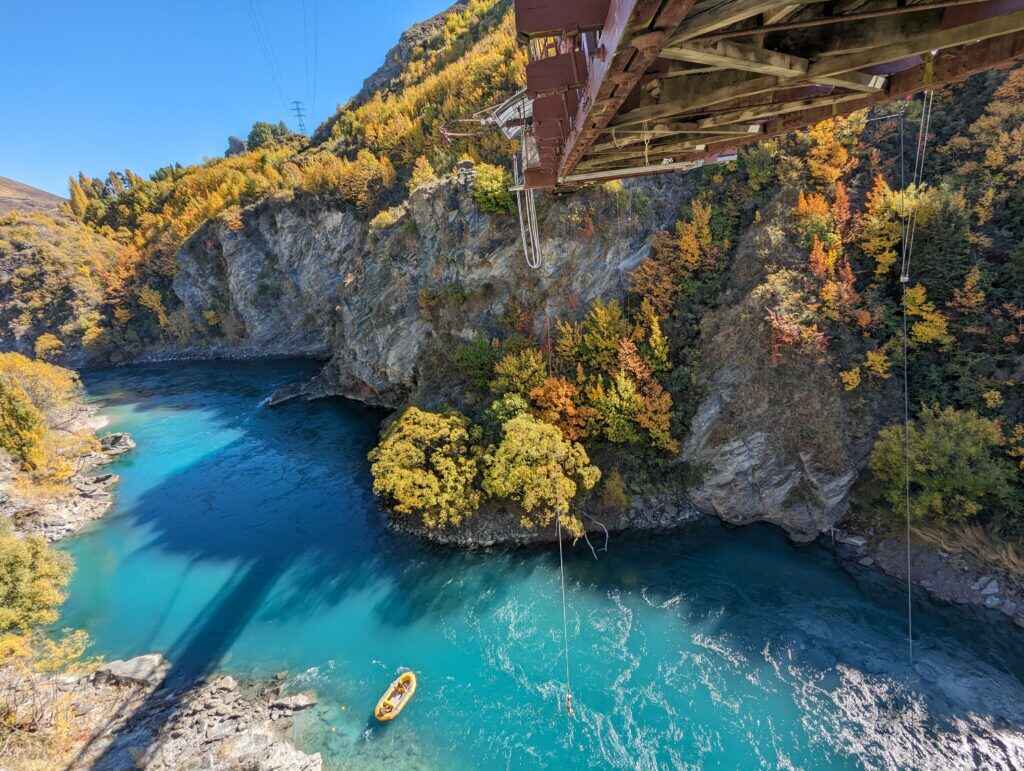
There are also quite a few vineyards and farm stalls between Queenstown and Wanaka. We stopped at Mt. Rosa vineyard. Their rose was especially good. Instead of using only traditional grapes, they included gamay grapes which was a fun and interesting addition.
The farm stalls were a great way to restock on groceries and always had high-quality items for fair prices (e.g. a massive amount of blueberries for ~$7 USD). We loved getting to use our own kitchen and cook using delicious local ingredients.
Hector’s Dolphins like to hang out on the NZ coast. We were able to spot some and watch them play. They are some of the rarest dolphins in the world so it was especially cool!
Franz Josef and Fox Glaciers
The Franz Josef and Fox Glaciers are some of the most accessible glaciers in the world. We were able to hike out to viewpoints to both. The hikes were through rainforest and had helpful info on the history of the glaciers.
Reefton
We planned to just stop by Reefton, but ended up spending the night in their freedom camping lot. It is an incredibly cute old mining town with a creative distillery, an interesting hot springs, and lovely mountain views.
Nelson Lakes National Park
We could see rain coming in and knew we wanted to get at least a little hiking in before the rain hit. So, we headed a couple of hours north to the beautiful Nelson Lakes National Park. We went for a basic hike around the lake and then relaxed with some NYT crosswords and books as the rain came in.
Marlborough Wine Region
A massive rain storm was heading toward NZ (about 4 inches of rain/day for 3 days in a row). It was going to hit Abel Tasman the hardest (where we had originally planned to go next) so we did some rearranging and went to the famous sauv blanc wine region instead. Views of the vineyards weren’t as nice with the clouds, but it was still fun to try some of the famous wines.
NZ is known for sauvignon blancs the same way Napa is known for cab savs. Many of the vineyards grow other grapes (pinot noir and chardonnay seem to be the most common), but the best is sauv blanc. This part of the world has perfected it. Our personal favorite vineyard was Clos Henri, an organic vineyard owned by a French family who got sick of the rules surrounding vineyard ownership in France.
Golden Bay
After enjoying some time in the wine region, we made our way back towards Abel Tasman. On our way there, we stopped by Nelson to check out a local movie theatre (one of our favorite things to do when we need to relax and/or the weather is less than ideal) and the “Center of New Zealand” landmark. The theatre was so much fun! It was in a community rec center, had a random wizard statue in the corner, and was run by a single person. And this was the main movie theatre of the largest town in the region. The people were delightful and we had a great time.
After the show, the rain was still coming in so we decided to go to Golden Bay for a couple of nights instead of hiking through the crazy rain. Golden Bay is a lot less crowded than the famous national park, but is absolutely gorgeous. Our campsite was right on the water facing the Farewell Spit and gave us a beautiful view while waiting out the rain.


Once the rain let up, we went on a short hike in Farewell Spit. It is a conservation area and we got explore the beach.
On our way towards Abel Tasman, we stopped by Mussel Inn (an iconic local restaurant) and did the Wainui Waterfall hike.
Abel Tasman National Park
Abel Tasman is one of the most interesting national parks we’ve ever visited. It is one of the most visited park in NZ, but it is only possible to reach the campsites and interior of the park via boat or hiking. There aren’t any public access roads into the park. After our time in the park, I can see why it is so popular.
The trails are incredibly well-maintained and marked (one thing we’ve appreciated about all the trails we’ve come across in NZ). We took a boat out to the first point on the Great Walk through the park and walked back to our campsite from there (~9 miles). The trails winds back and forth through beaches and forest, with lovely views of the bays and plenty of shelter from the strong sun.
Marlborough Sounds
On our way back towards the coast, we stopped in Marlborough Sounds for a hike recommended by the I-Site office (go-to place for any tips needed for hikes or the local area). The hiking trail had suffered a bit from the recent rain, but we got a lovely view of the Sounds.
During all our NZ hikes, we came across adorable fantails. They are my favorite NZ bird. Most fantails are familiar with humans and love to follow people around. They’re hoping for food, but it looks like they are encouraging you on your hike.

Kaikoura
Our Kiwi friend had told us Kaikoura was one of the best places in the world. I now agree with her. It is a gorgeous, quiet city where mountains meet the ocean, creating a nutritious environment for a variety of sea life. Whales, dolphins, and albatross are the most famous, but the coast is home to an incredible eco-system.
We spent a couple of nights in this lovely town. A few highlights –
We got to wander some of the lovely black sand beaches and explore the famous area near the seal colony.
We went fishing out in the ocean on a pretty choppy day. This meant the pelagic birds (and Carey) were in heaven. Rough waters are especially good for seabirds so we got a two for one – caught lots of delicious perch and blue cod AND got to see multiple types of albatross and other sea birds. The size of albatross is truly stunning – those birds are massive.
We got to take the fresh fish to a local restaurant to be battered and fried and enjoyed some delicious fish and chips and then got to wander the rest of town. It is small, but is a great place to relax.

One of the highlights of our entire time on the south island was our dolphin encounter tour. Dusky dolphins hang out on near Kaikoura year-round so we were able to go out on the boat and swim with about 150 dolphins. It was truly magical! At one point about 10 were circling me, just curious about their new friend. 100% worth getting into incredibly cold water!
The group operating the tour is the only company allowed to operate in these waters and is closely monitoring by the DOC (NZ’s Department of Conservation) to make sure there aren’t too many people or boats out with the dolphins. The dolphins are wild and the company (and NZ’s government) want to make sure nothing is done to hurt their environment or behavior (e.g., they aren’t fed or incentivized in any way to come to the boat).
Dolphins are an animal I’ve loved since I was a kiddo and though we’ve tried, we haven’t really gotten to see up close. It was amazing to see them in their natural environment and is an experience I’ll never forget. We even got to see them doing some of their acrobatics once we were back on the boat!
We spent our final evening in our campervan with a view of the sea, the mountains, and the sunset. A perfect way to wrap up our time on this beautiful island.
New Zealand Words and Phrases
English is the main language of New Zealand, but they have a few interesting changes from American English.
- Tramping = hiking
- Tracks = hiking trails
- Chilly bin = cooler
- Dairy = corner store
- Togs = swimsuit





